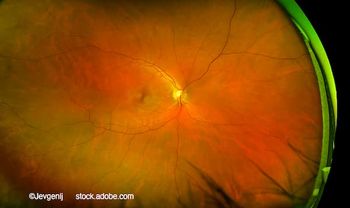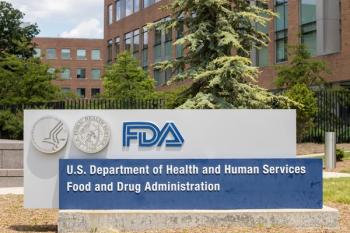
AAO study: More than 96% of US ophthalmologists are vaccinated against COVID-19
The American Academy of Ophthalmology is calling on its members to continue to build confidence in COVID-19 vaccines and encourage people to get vaccinated, including their staff.
A recent survey of US members of the American Academy of Ophthalmology (AAO) found that more than 96 percent of respondents indicated that they are fully vaccinated, while 78 percent of ophthalmologists surveyed said that 75 percent or more of their staff with patient contact are also vaccinated.
The AAO is calling on its members to continue to build confidence in
Related:
According to AAO CEO David W. Parke II, MD, as data and science-driven individuals, it is not surprising that nearly all ophthalmologists are vaccinated.
“The data is clear, the COVID-19 vaccines are safe and effective,” Parke said in a statement. “It is also clear that getting as many Americans vaccinated as quickly as possible is the path out of this crisis. We encourage everyone to get vaccinated to reduce the risk of disease transmission and the emergence of new coronavirus variants."
Of the 8,000 members surveyed, 871 completed the online questionnaire. The survey was conducted from May 14 through June 8 and has a confidence level of 95 percent +/- 3 percent.
Like physicians across the country, ophthalmologists have rolled up their sleeves because vaccinations are the best way to protect themselves, their families, and their patients.
As the country reaches a pivotal moment in the pandemic, the AAO urges its members to follow Health and Human Service's recommendations and encourage staff, patients, and neighbors to get vaccinated by July 4.
Here are a few ways the AAO is encouraging ophthalmologists to get involved:
1. Take the time to sit down with staff to answer their questions and concerns about the vaccine. Fear and misinformation are among the biggest drivers of vaccine hesitancy.
2. Take the time to talk to patients. Ophthalmologists have more opportunity to develop trust with their patients since they see them regularly to treat their chronic eye disease. This
3. Join the U.S. Department of Health and Human Service's
The Centers for Medicare & Medicaid Services is partnering with the We Can Do This campaign to offer several webinars to walk through each toolkit and its resources and train community organizations, local voices and trusted leaders to use the campaign tools for vaccine outreach efforts to diverse communities.
In a separate survey earlier this month, the American Medical Association (AMA) found that more than 96% of practicing physicians in the US have received 2 vaccinations against the COVID-19 virus, indicating the confidence they have in the power of the vaccine.
COVID-19: Year in the life of ophthalmology practice
This is a 20% increase in the vaccination rate among physicians found in a similar AMA survey conducted in May.
In the most recent survey, 301 physicians completed the questionnaire. The respondents included 150 primary care physicians and 151 physicians in other specialties.
The Pfizer vaccine was received by 64% of the doctors, followed by the Moderna product in 34% and the Johnson and Johnson vaccine in 2%.
Nearly half of the doctors who were still not vaccinated at the time they completed the survey said that they planned to receive the vaccine. The most frequent reason for not being vaccinated was the newness of the vaccines and the unknown long-term effects, according to the AMA.
An important data point was that there were no major differences in the vaccination rates when considering the specialties of the physicians, region of the country, gender, age, and race.
Editorial: Ophthalmology during COVID-19
One significant difference was that fewer Hispanic physicians (84%) were vaccinated compared with non-Hispanic doctors (97%).
Susan R. Bailey, MD, AMA president, noted the important contribution of practicing physicians across the US who “are leading by example, with an amazing uptake of the COVID-19 vaccines.”
“This attitude on the part of physicians can help overcome patient resistance to the vaccines, which help protect everyone and reach an end to the pandemic,” she said in a statement.
Newsletter
Don’t miss out—get Ophthalmology Times updates on the latest clinical advancements and expert interviews, straight to your inbox.



















































.png)


